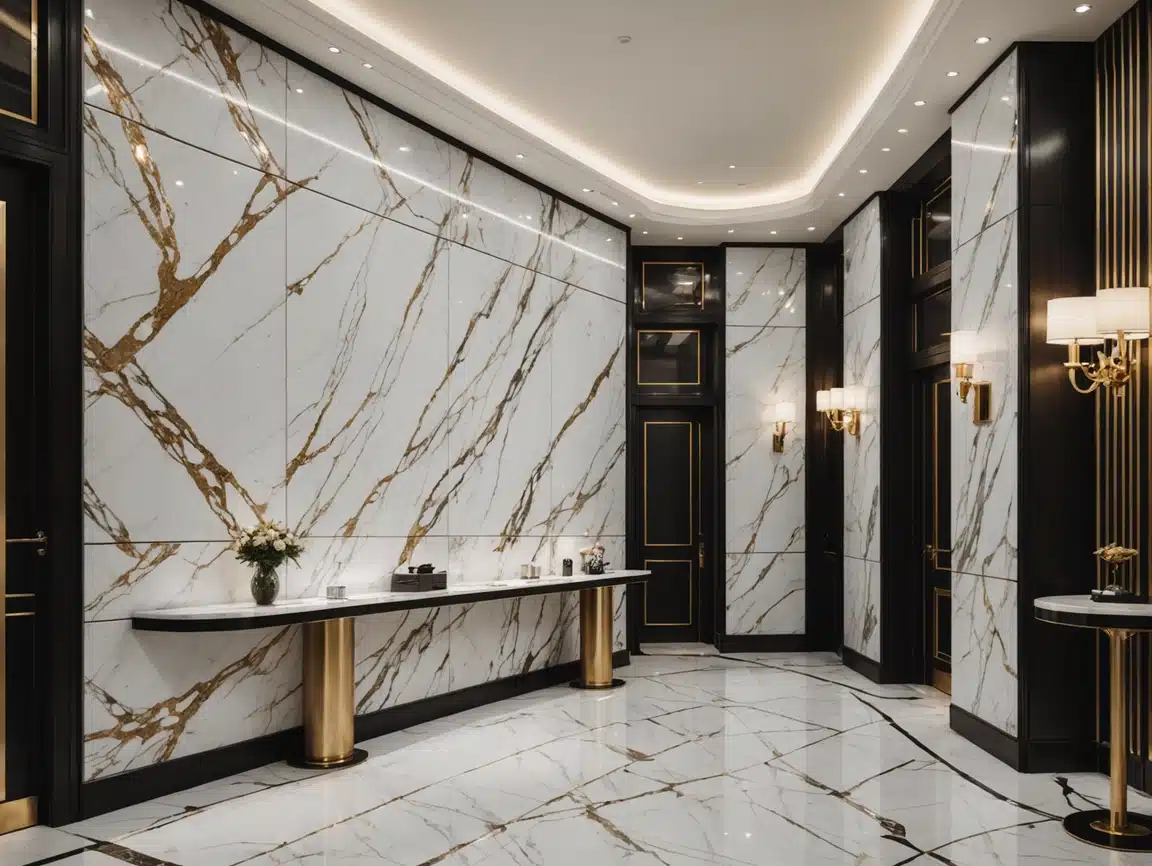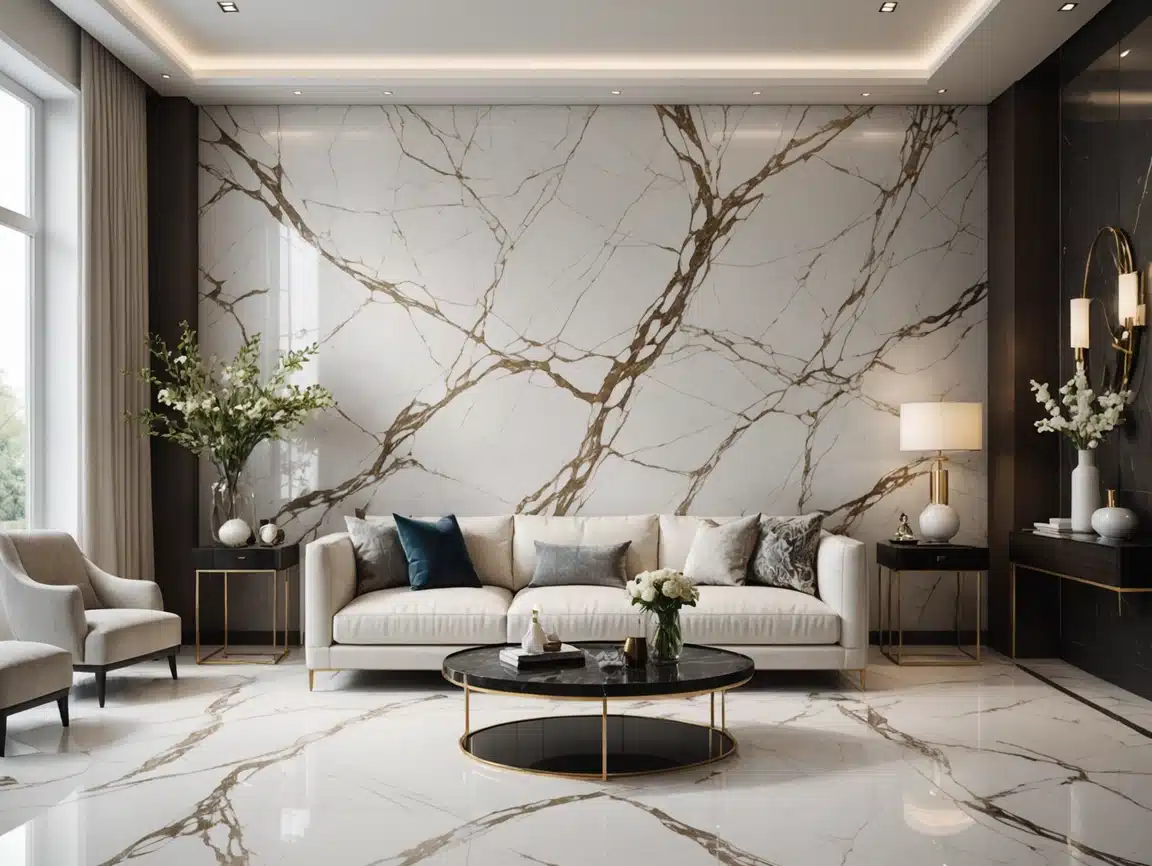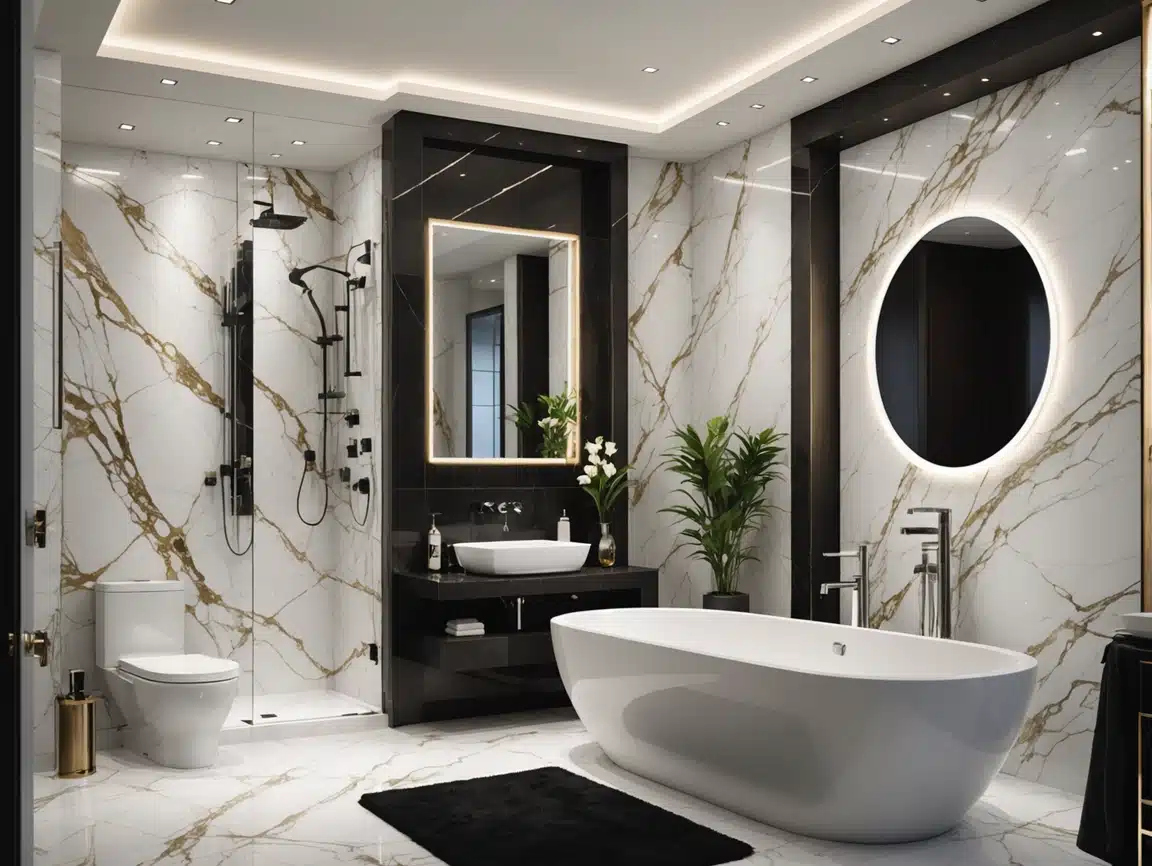Bamboo Interior Wall Panels: Sustainable Style for Every Space
Bamboo interior wall panels are a top choice for green design, offering a strong, stylish, and renewable option over regular wood or plastic. Perfect for homes, offices, or shops, bamboo panels mix eco-friendliness with timeless beauty. Here’s why they’re great for 2024 and how to use them in your space.
Key Points
- 🌿 Eco-Friendly: Grows fast (3–5 years) and absorbs carbon.
- 💪 Strong: Harder than oak and resists warping.
- 🎨 Flexible Style: Natural, colored, or textured looks.
- 💸 Cost: 5–15 per sq. ft. (easy DIY install).
- 🌍 Certified: Meets top eco and safety standards.
Why Pick Bamboo Wall Panels?
1. Good for the Planet
- Quick Growth: Bamboo grows in 3–5 years vs. 20–50 years for trees.
- Cleans Air: Takes in more CO₂ than regular trees.
- Less Waste: Making panels uses 90% of the plant.
2. Tough and Long-Lasting
- Hard Surface: 20% tougher than oak.
- Water-Resistant: Great for kitchens and bathrooms.
- Lasts Long: 25–30 years with care.
3. Fits Any Style
- Natural Look: Warm tones, vertical lines, or woven textures.
- Modern Options: Black, white, or geometric designs.
- Textures: Smooth, rustic, or 3D patterns.
Best Places to Use Bamboo Panels
1. Feature Walls
- Living Rooms: Add plants and simple decor for a calm feel.
- Bedrooms: Vertical panels behind the bed make the room look taller.
2. Kitchen Backsplashes
- Easy to Clean: Wipe off spills and grease (use food-safe oil).
- Rustic Style: Horizontal planks for a farmhouse look.
3. Bathrooms
- Stops Mold: Naturally fights mildew.
- Spa Style: Pair with stone floors and bamboo decor.
4. Offices and Stores
- Less Noise: Reduces echo in open spaces.
- Eco-Friendly Image: Shows your care for the planet.
5. Ceilings and Dividers
- Woven Designs: Create tropical ceilings or room screens.
Bamboo vs. Other Materials
| Factor | Bamboo Panels | Wood Panels | Plastic Panels |
|---|---|---|---|
| Eco-Friendly | ✅ High (grows fast) | ❌ Medium | ❌ Low (plastic waste) |
| Cost per Sq. Ft. | 5–15 | 8–25 | 2–10 |
| Water Resistance | ✅ High (natural) | ❌ Needs sealing | ✅ High (waterproof) |
| Lifespan | 25+ years | 20–50 years | 10–15 years |
How to Install Bamboo Panels (DIY Steps)
Tools Needed
- Tape measure, level, saw
- Glue or nails
- Sandpaper, sealant

Steps
- Prep Walls: Clean, dry, and smooth surfaces.
- Plan Layout: Mix panel joints for a natural look.
- Cut Panels: Use a saw (wear a mask).
- Attach Panels: Glue or nail to walls.
- Seal Gaps: Use caulk; apply protective oil.
Time: 4–8 hours for a 100 sq. ft. wall.
Cost Breakdown
| Item | Cost |
|---|---|
| Panels (100 sq. ft.) | 500–1,500 |
| Glue/Sealant | 30–50 |
| Tools (if needed) | 50–150 |
| Total | 580–1,700 |
Easy Care Tips
- Clean: Wipe with soapy water.
- Refresh: Sand and re-oil every 3–5 years.
- Avoid: Harsh cleaners or rough scrubs.
FAQs
Q: Are bamboo panels fireproof?
A: No—use fire-safe coatings if needed.
Q: Can they handle steam in bathrooms?
A: Yes! Works in up to 70% humidity.
Q: Do bugs eat bamboo?
A: Resists bugs, but seal edges for extra safety.
Q: Do they fade in the sun?
A: Use UV-protective sealant to prevent fading.
Why Choose Bamboo?
Bamboo wall panels are eco-friendly, tough, and stylish. Perfect for creating a calm bedroom, chic kitchen, or green office. They bring nature indoors while helping the planet.
Ready to start? Shop bamboo panels or get free design tips!
Free samples
In recent years, composite products have become more and more popular all over the world. We believe you will also be interested in this new material. If you are interested, you can come to consult us. We have a professional service team that can not only answer any questions you may have but also provide you with free samples. Let you better understand the composite products. There is no doubt that composite wall panels will be the new future.
Share

James is a content creator and decorator with five years of experience designing home decor. In his daily life, james is constantly on the lookout for the latest, great examples of house design and further optimizes his solutions. Additionally, he writes articles related to outdoor design, interior design, and architectural decorating materials to help brands build more engaging relationships with their audiences.




